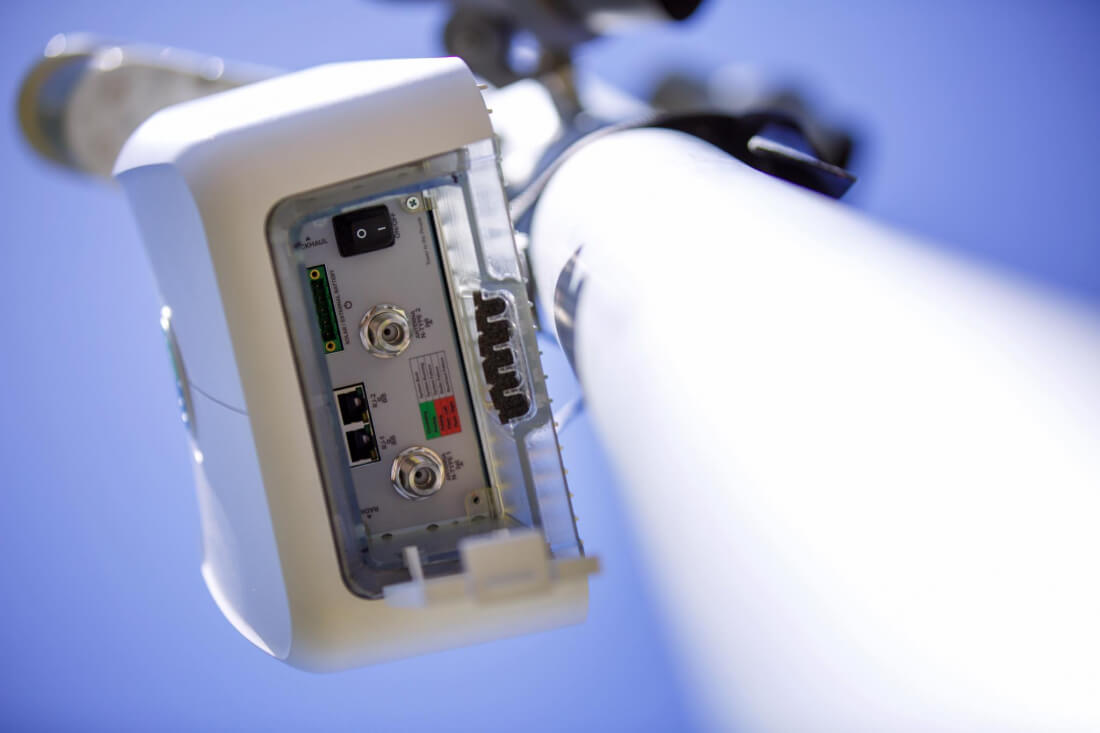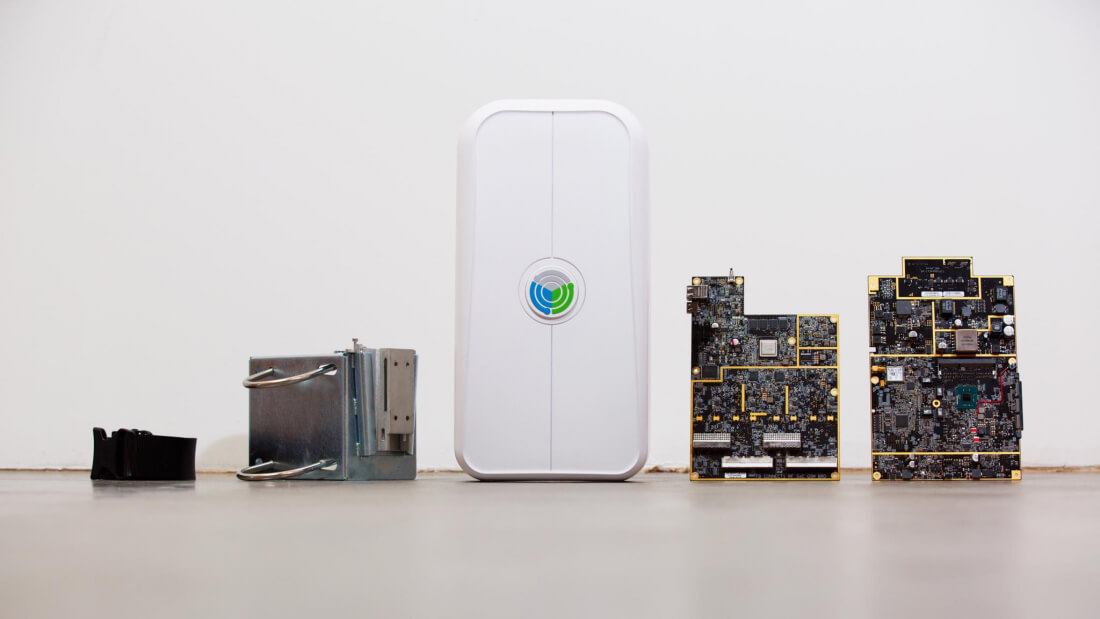 Facebook is serious about bringing connectivity wherever it is needed, experimenting with solar powered drones, millimeter wave, its ill-fated Free Basics service and more. Now the company is launching a new open source platform called OpenCellular designed to drive down the cost of setting up cellular networks in remote areas.
Facebook is serious about bringing connectivity wherever it is needed, experimenting with solar powered drones, millimeter wave, its ill-fated Free Basics service and more. Now the company is launching a new open source platform called OpenCellular designed to drive down the cost of setting up cellular networks in remote areas.
The goal of the project to build a system with very little physical footprint and the ability to use already available infrastructure to keep costs down. OpenCellular is roughly the size of a shoe box and is designed to be installed in a variety of harsh conditions, attaching to a tree or a street lamp or a telephone pole. The box's processor and radio are designed to be powered from a variety of sources depending on whats available, including Power-over-ethernet, solar power, direct current, as well as external and internal batteries.

OpenCellular consists of two subsystems: one for general purpose and base-band computing, and one to handle the actual radio. Facebook says at this point it has only used the box at its headquarters to send and receive SMS messages, make voice calls, and 2G data connectivity. But OpenCellular will be able to support up to 1,500 people as far as 10 kilometers away for everything from 2G to LTE. It could also be used to provide a local network.
Facebook is open-sourcing the hardware and software designs for this technology so that operators, entrepreneurs, researchers and and anyone else to build on its design.
"With OpenCellular, we want to develop affordable new technology that can expand capacity and make it more cost-effective for operators to deploy networks in places where coverage is scarce," the company said in a blog post announcing the initiative.
0 comments:
Post a Comment